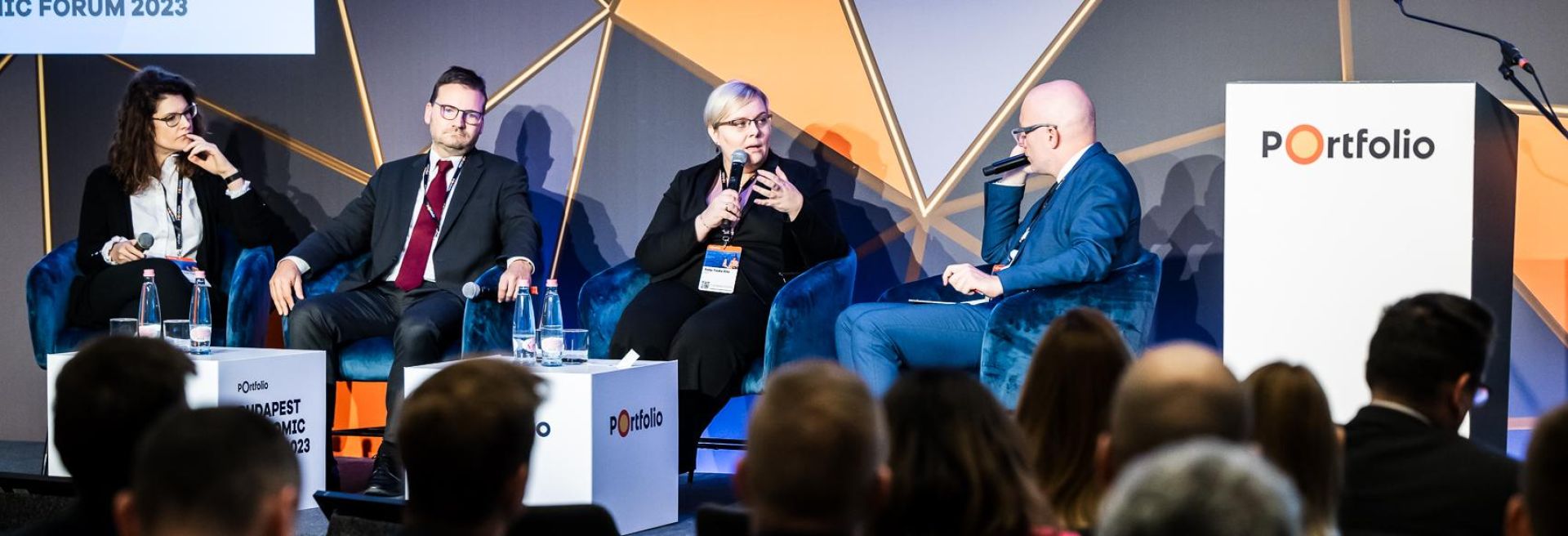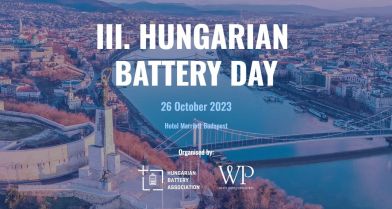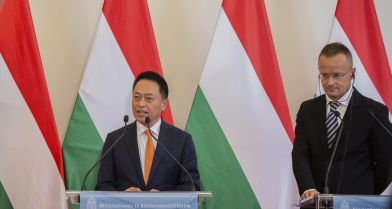
More Transparency Benefits Battery Investors and the Public Alike
2023. 10. 17.
OEMs that are present on the Hungarian market plan to implement their electrification strategy here, and they need strong partners to achieve that objective. This economic necessity is one of the driving forces of the dynamically growing local EV ecosystem that could rely on Hungarian R&D capabilities in the long run if universities manage to intensify their related efforts, experts concluded at Portfolio Economic Forum.
Although battery-related investments have been hitting press headlines in large numbers only lately, the sector itself has been active since 2016, with SK On and Samsung SDI among the early arrivals. Given that transition is accelerating, new stakeholders in the EV value chain are now choosing Hungary one after another with good reason.
HIPA Deputy CEO Rita Szép-Tüske said.
Investor Activity to Keep Green Issues Under Control
The intensive publicity resulted in bringing social and environmental aspects to the fore as well. But it is nothing new, said Corvinus Universtiy researcher Ágnes Szunomár. “Even in China there has been a precedent that a plant was built in a different town because local residents expressed their dissatisfaction. Therefore, transparency is important when it comes to such large-scale investments.”

Public affairs manager of market leading CATL Balázs Szilágyi agreed with the scholar. “We are open to communications with the public, and we are happy to answer any questions regarding the plant.” CATL is investing EUR 7.3 billion to implement the biggest greenfield investment in the history of Hungarian investment promotion.

The sheer scale of the project alone triggered public concerns. “Companies are aware of the reservations, but they are actively seeking ways to see them gone,” Ms. Szép-Tüske added.
she said.
CATL has the misfortune to arrive on the Hungarian market at a time when negative publicity around Asian competitors appears in the media from time to time. According to Szilágyi, emphasizing environmental harm is just politics. “We operate in a transparent manner, and we encourage everyone to follow suit.”
Higher Education Finance Pays Off
Another issue that pops up regularly is whether these investments can help the country move up the value chain. Ms. Szunomár reminded the audience that just like any other multinational firms, Chinese ones already have their own supplier network. Hungarian SMEs can still stand a chance to join, but realistically speaking, at this stage only up to a point. For these firms use cutting-edge technology, and SMEs will need to make immense efforts to catch up with that.
This threshold can also be an issue when it comes to knowledge transfer. As Ms. Szunomár pointed out, universities need to take their related R&D activities to the next level if they want to be part of the game. “This is another reason higher education should be treated as a priority.”



